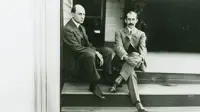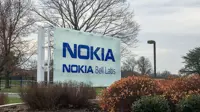The road to automobile innovation: Ford’s quest from 1970 onwards
By Aniket Gupta | 26 Feb 2024

The previous two articles in this 3-part series focused on the establishment of Ford Motor Company and some of the groundbreaking cars it had manufactured in the first 60 years since its inception. But the automobile industry is a tough industry. In order to survive and win, carmakers need to get to the top and stay at the top in the minds of consumers. Like any other carmaker, Ford Motor Company, with all its glorious history, has also had to struggle to survive the challenges it encountered along its way.
Rolling into the 1970s and the OPEC oil crisis
The early 1970s were troubling times for the whole world. The U.S.-Vietnam war was at its peak, the Cold War was growing intense, and then there was a crisis in South Asia with the liberation of Bangladesh. And then came the oil crisis, which sent shock waves through the world economy.
The Arab-Israel War that started on 6th October 1973, also known as the Yom Kippur War, dealt a massive blow to the American automobile industry.

The Arab members of the Organization of the Petroleum Exporting Countries (OPEC) imposed an oil embargo against the United States. The reason: America’s intention to aid Israel with military supplies. OPEC also imposed an embargo against other countries supporting Israel during the war, such as the Netherlands, Portugal, and South Africa.
Those were times when American carmakers were heavily dependent on big, fuel-inefficient vehicles. The OPEC embargo resulted in a sudden rise in oil prices, and the scarcity of fuel prompted a shift in consumer preferences towards smaller, more fuel-efficient cars. American automakers were caught off guard, for they were not prepared to offer such vehicles.
The embargo exposed the vulnerability of US car manufacturers to external factors like geopolitical events and oil supply disruptions. After that US car makers were compelled to invest in the production of smaller, more fuel-efficient models. This shift in strategy marked a turning point in the automobile industry, influencing subsequent decades’ design and production choices.
Competition from Japan and Ford’s adaptability
After the embargo, foreign automakers, particularly Japanese manufacturers such as Nissan and Toyota, saw their opportunity and seized it by introducing fuel-efficient and reliable cars, gaining a foothold in the American market.
To tackle this competition, Ford introduced the Ford Fiesta in 1976. The company invested a record-breaking development budget of $870 million to create the Fiesta, which was the largest R&D investment in its history. In its first year on the market, the Fiesta surpassed the sales record previously held by the 1965 Mustang. In 1977, Ford sold more than 400,000 models of the Fiesta worldwide.
.jpg)
In the 1970s, Japanese car makers made deep inroads into rival territory, capturing about 22% of the US automobile market. But the Ford Fiesta gained sales because of a certain sense of patriotism in car purchases.

That sense of patriotism didn’t last long. If you refer to the chart above, you will see that sales of Ford Fiesta rose steeply in 1977, when it broke the Mustang sales record. But sales quickly flattened out, and very soon they sank lower because of competition from newer Ford car launches as well as from other car companies.
During the 1980s, Ford Motor Company started to introduce many more new models and made several acquisitions.
Ford diversified its portfolio during the 1990s
During the late 1980s and early 1990s, Ford embarked on an impressive buying spree, acquiring smaller, more renowned automobile companies. In 1989, Ford added Jaguar to its portfolio, followed by the acquisition of Aston Martin in 1993 and Volvo in 1999.

Pivoting beyond the traditional automotive realm, Ford expanded its influence by acquiring Hertz Rental Car Company in 1994. Additionally, in 1996, Ford increased its stake in Mazda to 33.4%; before this, Ford had bought a 25% stake in that Japanese company back in 1979. This series of acquisitions helped Ford survive the 1990s when the company’s financials were weakening.
Ford in the 21st century
From 1979 to the beginning of the 21st century, Ford saw frequent changes in its leadership. In 1979, Philip Caldwell assumed the role of chairman, providing a new direction to the company. Then, in 1985, Donald Peterson succeeded Caldwell, bringing a new direction to the company’s operations, which focused more on fuel-efficient, smaller cars.
Following Peterson, Harold Poling took charge, serving as chairman and CEO from 1990 to 1993. Poling’s strategy was to lead Ford into acquiring smaller automobile companies and diversifying its portfolio.
The leadership position was then passed on to Alan Trotman in 1993, a period marked by innovative strategies required to survive in the tough American market. Jacques Nasser assumed the helm in 1999, steering the company into the new millennium until 2001.
Each of these leaders brought a unique perspective, contributing to the company’s evolution and success over the years. Their combined efforts helped Ford survive through the rapidly changing landscape of the automobile industry during the last two decades of the 20th century.
As it entered the 21st century, Ford started facing new challenges. By this time, Ford had a variety of models in its portfolio, but the younger generation of consumers, mainly born after the 1970s, preferred the smaller cars. So Ford had to strategically reallocate its budget to increase the production of its smaller cars.

The company introduced the following three fuel-efficient models to compete with other car makers:
- Ford Focus (2000): The first-generation Ford Focus gained popularity for its compact design and fuel efficiency. It was available in various body styles, including sedan, hatchback, and wagon.
- Ford Fiesta Fifth Generation (1999): The reputation Fiesta had built from its previous models was enough to attract customers at the beginning of the 21st century.
- Ford Escape (2000): The first-generation Ford Escape was one of the first entrants into the compact SUV market. While not a traditional car, it offered a more fuel-efficient alternative for those seeking a versatile and compact vehicle.
Ford also faced other problems, such as poor financial management and high operating costs. The company also had significant legacy costs, including pension and healthcare obligations, which added to its financial strain. At the start of the 21st century, Ford was losing market share to competitors.
Refer to the following chart to view the market shares Ford Motors had from the year 2000 to 2010.
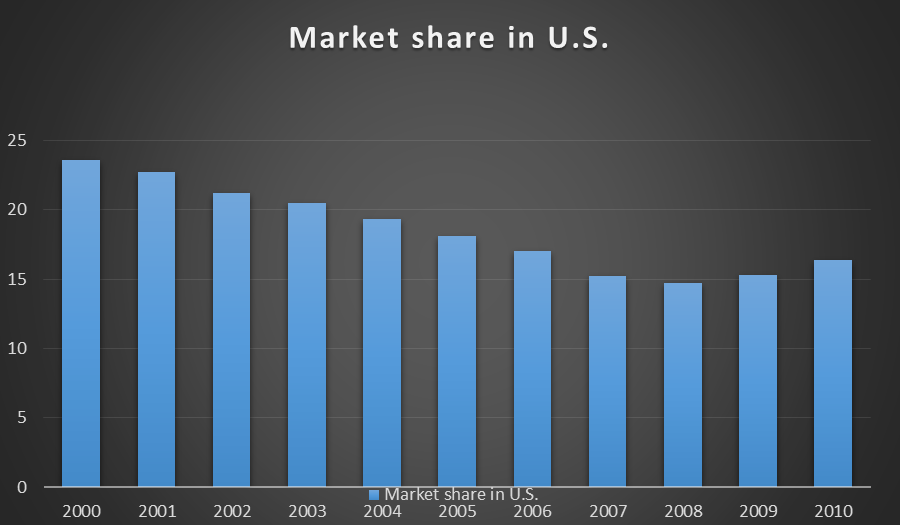
The introduction of successful models like the Ford Fusion and Ford Escape helped the company regain some ground. Then the recession of 2008 came, and Ford suffered miserably.
Surviving the recession of 2008
As we saw earlier, Ford was already struggling financially before the 2008 recession hit the world. By 2005, Ford’s corporate bonds were downgraded to junk status. This downgrade was a result of various factors, including high US healthcare costs, rising petrol prices, eroding market share, and declining SUV shares. The then chairman of the company, Bill Ford, initiated ‘The Way Forward’ plan in 2006, aiming to restore profitability. The plan was to restructure the company by discontinuing the production of less profitable models, consolidating production lines, closing factories, and reducing 30,000 jobs.

Ford also had to sell some of the acquisitions it had made earlier. In 2005, it sold Hertz, and then Aston Martin in 2007.
In 2006, Alan Mulally became president and CEO while Bill Ford continued as executive chairman. Despite reporting a huge loss of $12.7 billion in 2006, Ford stabilized a bit by the second quarter of 2007, reporting a profit of $750 million.

The financial crisis of 2008, commonly known as the Great Recession, had a profound impact on Ford and the entire American automobile landscape. The crisis led to a substantial decline in vehicle sales and overall consumer spending. In response, Ford was forced to conduct yet another strategy review of its operations.
In 2008 Ford decided to sell Jaguar and Land Rover to Tata Motors Ltd. of India for $2.3 billion. It was a deal that Bill Ford described as a “life saver for Ford”. There is also a very interesting story related to this event, about then Tata group chairman Ratan Tata and Bill Ford, but that’s a story for a different article.
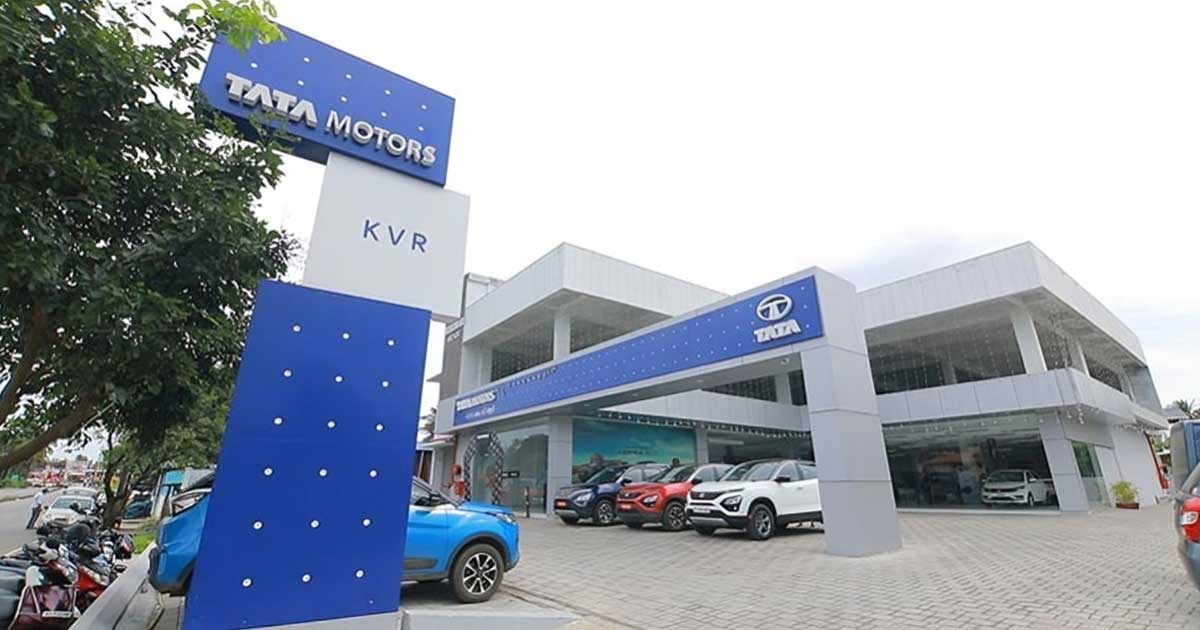
Ford also sold some of its Mazda shares and finally completely separated from Mazda in 2015.
Ford and other American car makers, such as General Motors Corporation and Chrysler LLC, struggled to survive the 2008 recession, but fortunately for them, U.S. President George W. Bush came up with an emergency financial plan. The plan aimed to support these car makers and help them to remain in business. The emergency plan promptly provided $13.4 billion in government loans from the Troubled Asset Relief Program (TARP). The TARP was a $700 billion fund authorized by Congress to assist the financial industry in the aftermath of the subprime mortgage crisis.
TARP loans played a crucial role in sustaining US automakers until March 2009, when the companies had to prove their ‘financial viability’ or return the funds. After several evaluations of the financial stability of the companies, it was concluded that Ford was more financially stable than GM and Chrysler. As a result of this, GM and Chrysler were given an ultimatum to return the loans. Ford held on to the money.
Eventually, Chrysler and GM had to file for Chapter 11 bankruptcy on 30th April 2009, and 1st June 2009, respectively. Ford, on the other hand, after surviving bankruptcy, experienced a sudden rise in sales and market share in 2009. Other than a lack of domestic competition, this growth was also attributed to the federal government’s ‘cash-for-clunkers’ initiative, which incentivizes American buyers with a subsidy of up to $4,500 to trade in older cars for newer, fuel-efficient models.
Ford took some more tough decisions to make itself a stable, profitable company again. In 2010, it sold Volvo to Zhejiang Geely Holding of China, and later in the same year, it announced the discontinuation of its Mercury automobile line, which was proving to be less profitable than expected.
Ford since 2010
Though it took some years and many tough decisions, Ford managed to come back on top of its game. In 2012, Ford’s corporate bond status was upgraded back to investment grade from junk status. In the same year, Ford announced that Alan Mulally, the man who steered the company through the tough times from 2006 to 2010, would leave the company in 2014. It also announced Mark Fields as his successor.

From 2015 onwards, Ford focused on upgrading its manufacturing plant in Michigan and increasing employment. The company also implemented a new direction for its operations, announcing a focus on expanding its products and spending on the R&D of electric cars and self-driving cars. And in 2016 it launched Ford Smart Mobility LLC to focus on these segments.
Ford invested $1.2 billion to upgrade the Dearborn plant in Michigan to make it better equipped to manufacture electric cars.
In 2016 the company had planned to open a new factory in Mexico but had to cancel it when Donald Trump got elected as President of the United States. Instead, Mark Fields, now CEO of Ford, announced plans to invest $700 million more in Michigan to generate more employment in the area.
In 2018, Ford acknowledged the evolving preferences of consumers by unveiling plans to discontinue all passenger cars, with the exception of the Mustang and Ford Focus Active. Shifting its focus, the company decided to prioritize pickups, with Ford’s F-series pickups being one of the best-selling vehicles in America, along with SUVs and crossover vehicles.
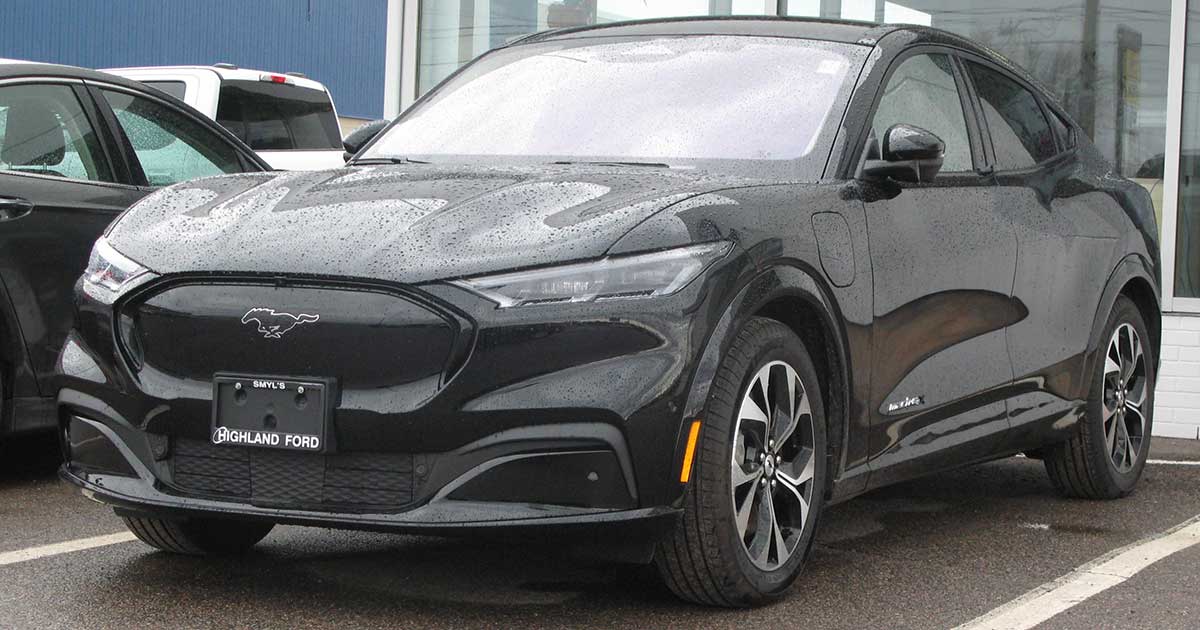
As the 2020s began, Ford revealed a further commitment to electrification and R&D, investing over $50 billion through 2026. As part of this strategy, the company plans to electrify various existing models, including the Mustang Mach-E, F-150 Lightning, E-Transit, Electric Explorer, Electric Puma, E-Transit Custom, and E-Transit Courier. Ford also declared its ambition to attain a zero carbon footprint by the year 2050.
Legacy
Ford Motor Company has a rich history of more than 120 years marked by highs and lows, but one cannot doubt the impact it had on the automobile industry. While displaying its patriotism on its sleeve, Ford’s innovative steps helped the company survive some of the harsh times, such as the two world wars, the Great Depression between those two wars, the oil crisis of the 1970s, and the recession of 2008.
What lies ahead for Ford? Only time will tell. Until now the company has bounced back from crises. But, with competition from the likes of newer brands such as Tesla and BYD Auto, will the company be able to weather the next storm in the market? We’ll have to wait and see.




